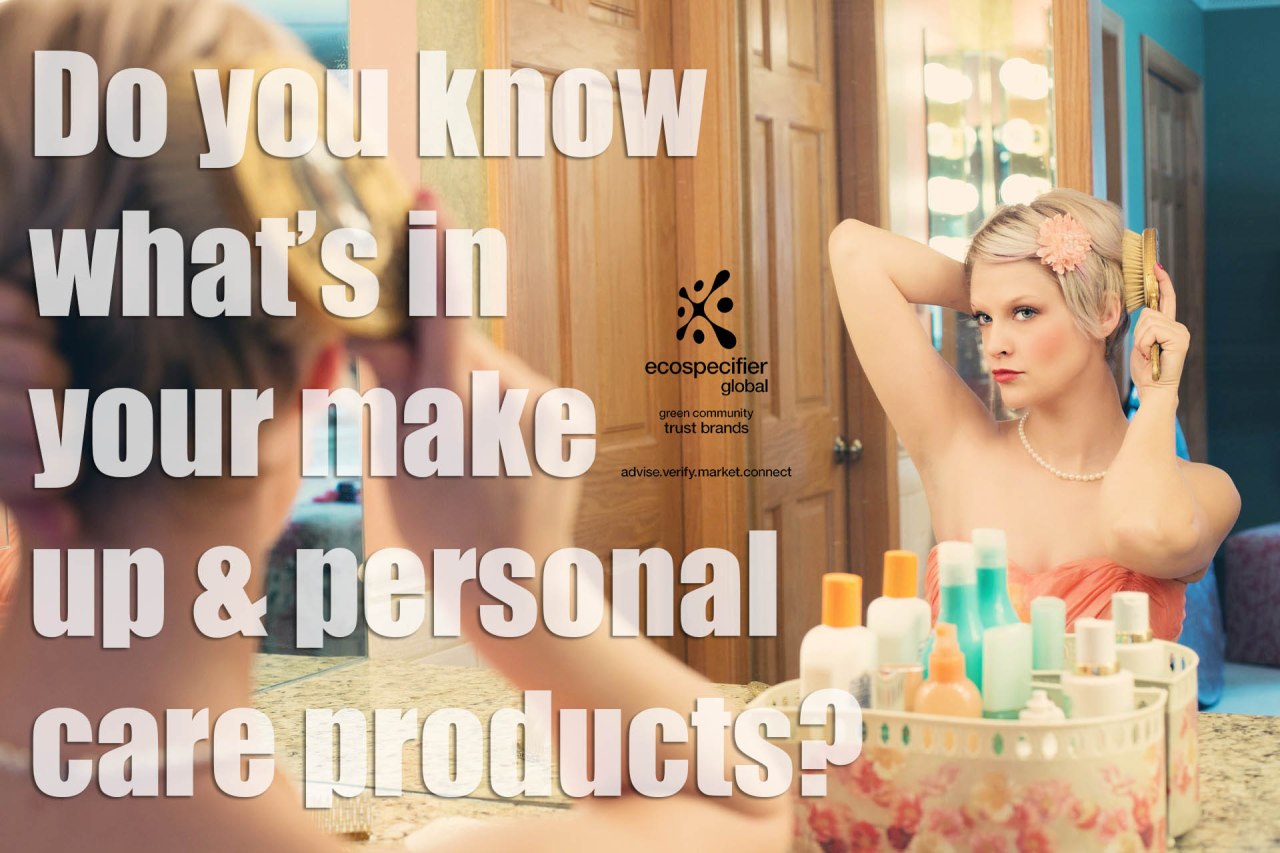Many products within the textiles and cosmetic industry may contain a toxic chemical, which in high doses can cause severe health implications and potentially increase your chances of developing cancer. Formaldehyde is a strong smelling flammable chemical that is used in a wide range of products. Formaldehyde can be found in any of the following cosmetic products and can release the toxic vapour when being used or when in contact with a user’s skin:
- hair products
- lotions
- makeup
- mouth wash
- nail polish
- hand cream
- bath products
- mascara
- cuticle softeners
- nail creams
- personal deodorants
- shaving cream
Formaldehyde is used within the textiles industry as a flame-retardant, as well as a chemical to prevent the wrinkling and creasing of clothing (dressing). The higher the levels of chemicals used to prevent creasing and wrinkles the higher the amounts of formaldehyde that can be released when worn by an individual. New clothing, when initially removed from packaging, can often have a strong distinctive smell which is commonly formaldehyde vapours being released.
Some people are more sensitive to the health implications of formaldehyde than others and symptoms depend upon the level of exposure. Common reactions to low exposure levels include eye, nose, throat and skin irritations, as well as increases in asthma and allergies. Higher levels of exposure result in more severe reactions such as sudden weight loss, gastrointestinal ulcers, damage to the liver and kidney and skin disorders such as eczema and dermatitis. Some evidence also suggests that prolonged exposure to formaldehyde can increase an individual’s risk of developing cancer.
For those wishing to minimise the risk of any health implications from exposure to formaldehyde it is recommended that they:
- avoid products that contain formaldehyde;
- contact the manufacturer to determine any presence of formaldehyde in the product;
- wash new clothes before wearing them;
- if strong smelling odour is present upon opening products, wash and air product immediately in a well ventilated area;
- if using nail polish that contains formaldehyde use in a well ventilated room or outdoors;
- remove any products that contain formaldehyde from the family home.
Explore more about the product ranges that have been eco-certified and listed by Ecospecifier, by using the Product Search Engine on Ecospecifier Global: http://www.ecospecifier.com.au
Join us in more conversations about green products and sustainability issues on our social media pages:
Follow Ecospecifier on Facebook
Follow Ecospecifier on Twitter
Follow Ecospecifier on LinkedIn
Join our Social Media Honour Roll – support the switch to green products
Like, Comment and Share our blogs and posts on your social media pages … and we will send your name out to more than 15,000 subscribers via our monthly Ecospecifier Global Newsletter.
See which stellar individuals, businesses and networks made the latest Honour Roll on Twitter and Facebook HERE We salute you in helping us educate and help more people #MaketheSwitch to #EcoResponsible products.


